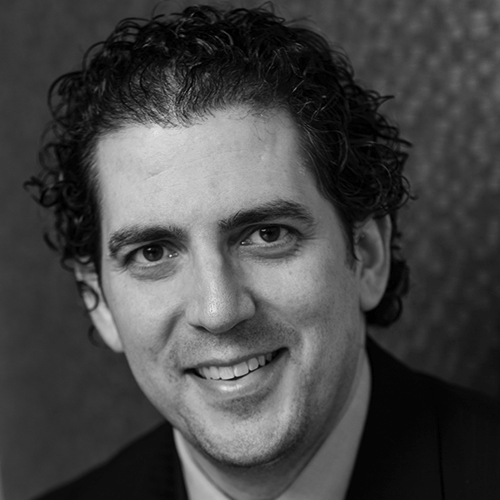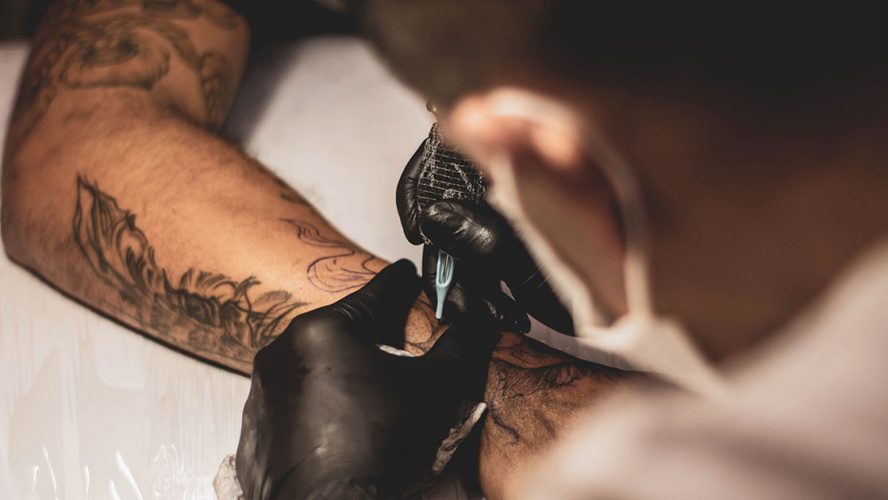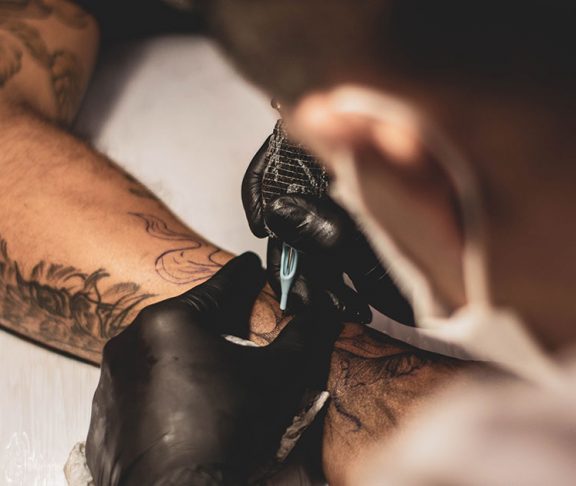Dr. Paul Friedman is one of the country’s leading experts in tattoo removal. In an interview, the dermatologist explains what patients should know before getting a tattoo removed, and covers the American Society for Laser Medicine and Surgery’s latest charitable initiatives.

Dr. Paul Friedman
Director, Dermatology & Laser Surgery Center
Doing your research and knowing the facts when getting a tattoo removed are just as important as when you’re getting the tattoo in the first place.
Dr. Paul Friedman, the director of the Dermatology & Laser Surgery Center of Houston, Tx., and president-elect of the American Society for Laser Medicine and Surgery (ASLMS), is a leading expert on tattoo removal. He explains how the field of tattoo removal has changed over the years, and what anyone looking to get a piece removed should know.
The most effective methods of tattoo removal, according to Dr. Friedman, are Q-switched or picosecond lasers.
“They are designed to put all of the laser’s energy into a short, powerful burst, and work by targeting the ink with pulses of highly concentrated laser energy, breaking the ink into tiny pigment particles, which are then cleared away by your own immune system,” Dr. Friedman said.
Picosecond lasers, a relatively recent technology, are better at shattering ink particles and require fewer sessions to remove the tattoo than other technologies. That said, Dr. Friedman noted, no tattoo can be fully removed in a single session.
“The number of treatments needed depends on the ink that was used to create the tattoo,” he said. “There are no standardized inks.”
And different inks may require different tools. “It is important to understand that the depth of pigment and color ink of the tattoo play a big role in the removal process,” Dr. Friedman said. “Tattoos that include ink or dye consisting of white, pink, red, tan, or light brown pigments can permanently darken with traditional laser tattoo removal, so these pigments are typically removed instead with ablative lasers, such as the carbon dioxide or erbium:YAG laser.”
The right equipment
The type of ink isn’t the only variable potential patients should be aware of. “Patients with darker skin should be treated with lasers that have longer wavelength, which penetrate deeper into the skin and interact with skin pigment less,” Friedman said.
Anyone who wants to get a tattoo removed should “do your homework” ahead of time, Friedman says.
“It is imperative to seek an experienced physician for tattoo removal,” he said. “Seek a board-certified dermatologist or plastic surgeon with considerable expertise in tattoo removal, and experience treating your skin type.”
Dr. Friedman suggests asking potential providers how many times they have performed the procedure, and for before and after photos of their work. Dr. Friedman also advised asking about possible complications and what percent of their patients have experienced them.
“The right answer is not necessarily ‘none,’” he said. “Any provider who does a lot of procedures will encounter complications.” That’s why it’s important to ask what professional societies the provider is a member of.
Post-procedure
Just as aftercare is an important component of getting a tattoo, caring for the skin after getting a tattoo removed is vital.
“Keep the treated area clean and moist with Aquaphor, which helps aid the healing process, and avoid direct sunlight,” Friedman advised. “Once healed, use safe sun practices, which includes applying a broad-spectrum SPF 30 or higher sunscreen daily.”
Dr. Friedman also knows tattoo removal is more than simply a medical procedure, and it’s often more than a cosmetic issue as well. That’s why he partnered with philanthropic campaigns to provide free tattoo removal for certain groups.
The New Beginnings program, for instance, is a national campaign to provide cancer patients with free radiation mark removal, and includes over 100 board certified physicians and ASLMS members who volunteer their services.
“All that is required of the patient is an official letter from their oncologist or radiologist clearing them for the removal of their radiation marks (tattoos),” Dr. Friedman said.
Dr. Friedman also works with Elijah Rising, a Houston-based Christian non-profit that supports victims of sex trafficking.
“Through our partnership, we provide free branding (tattoo) removal,” Dr. Friedman said. “These tattoos can be anything from barcodes, names, flowers, and gang-affiliated logos, but all convey ownership. Removing these tattoos allows survivors to reclaim their bodies, and aide their journey to recovery.
“My goal as incoming President of ASLMS is to expand this initiative to a national campaign, establishing a network of ASLMS providers willing to help sex trafficking survivors remove their branding tattoos.”

